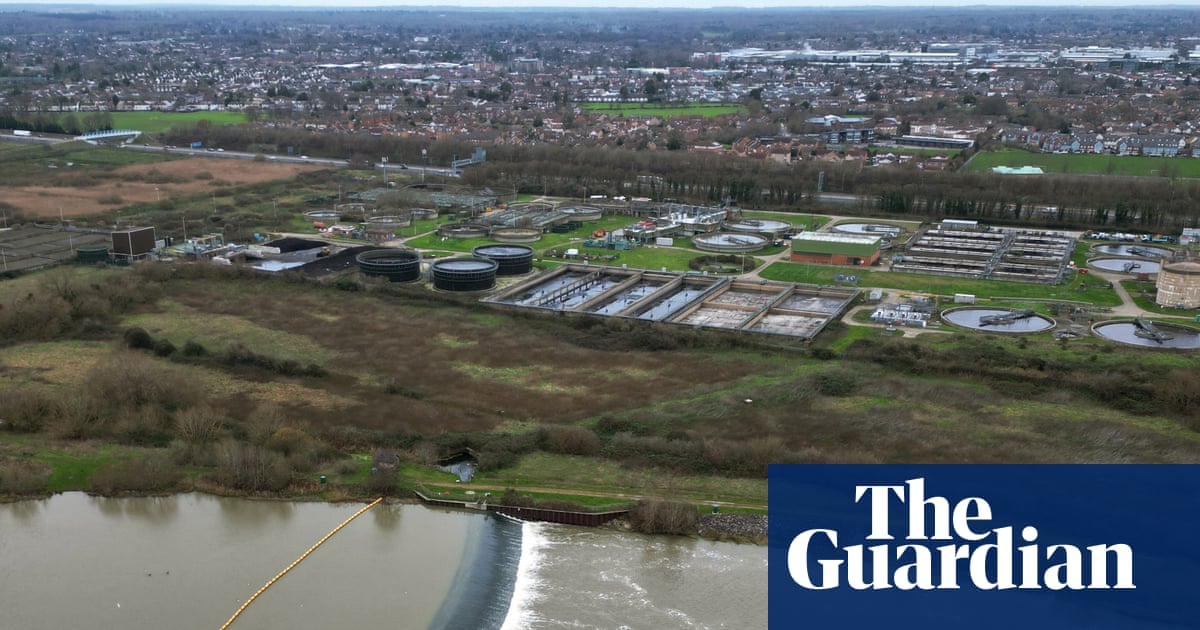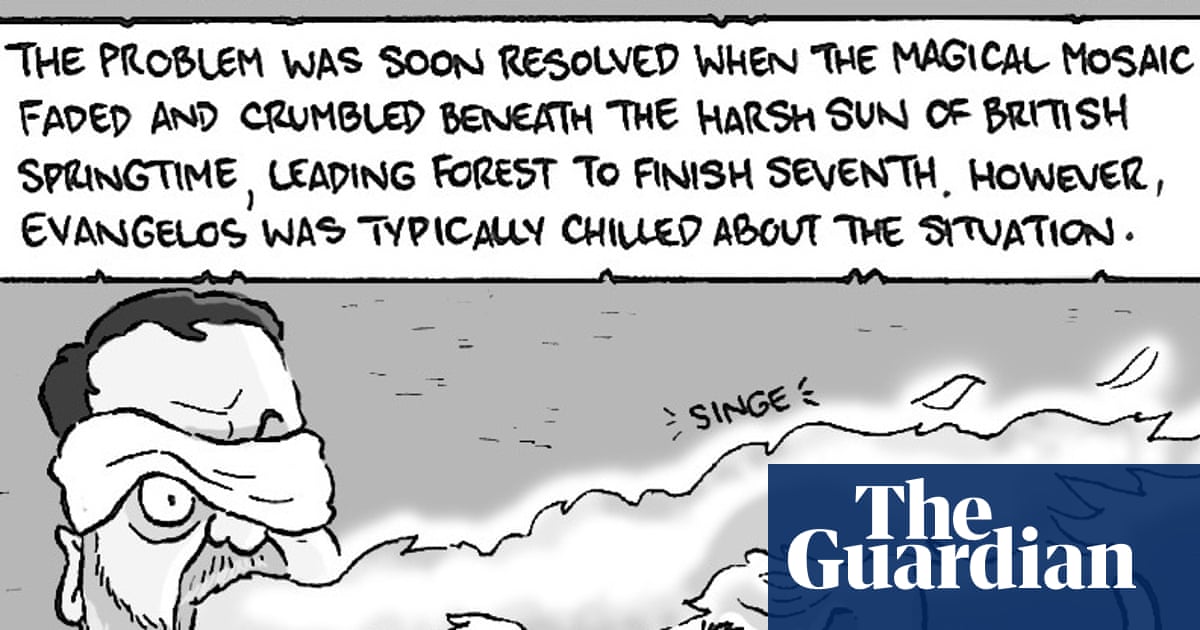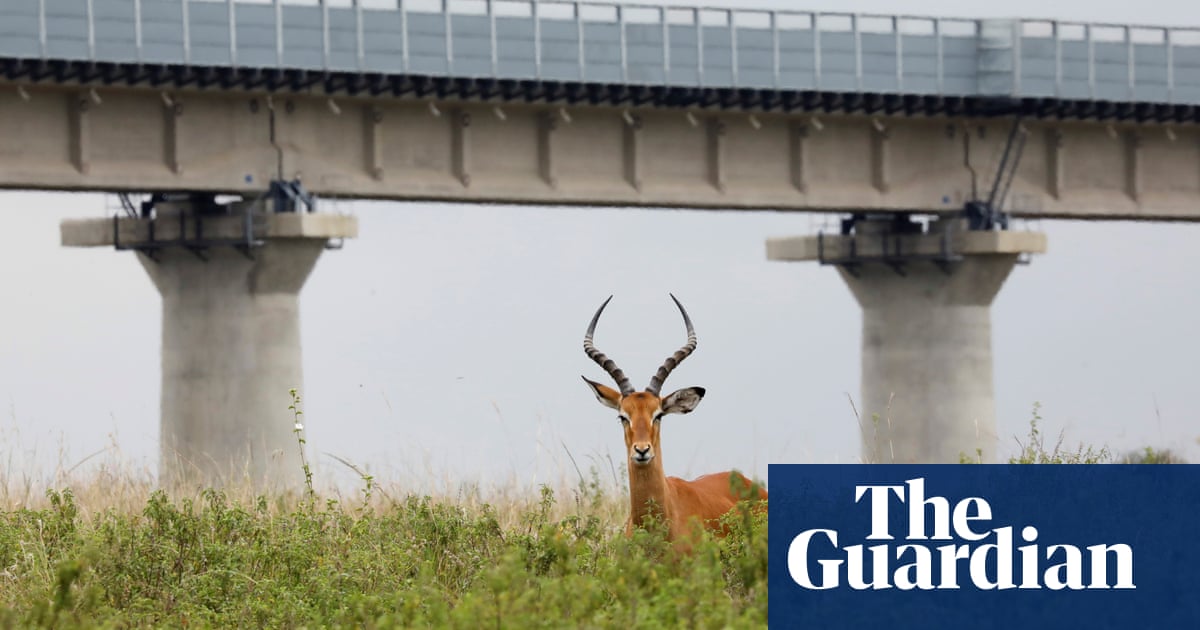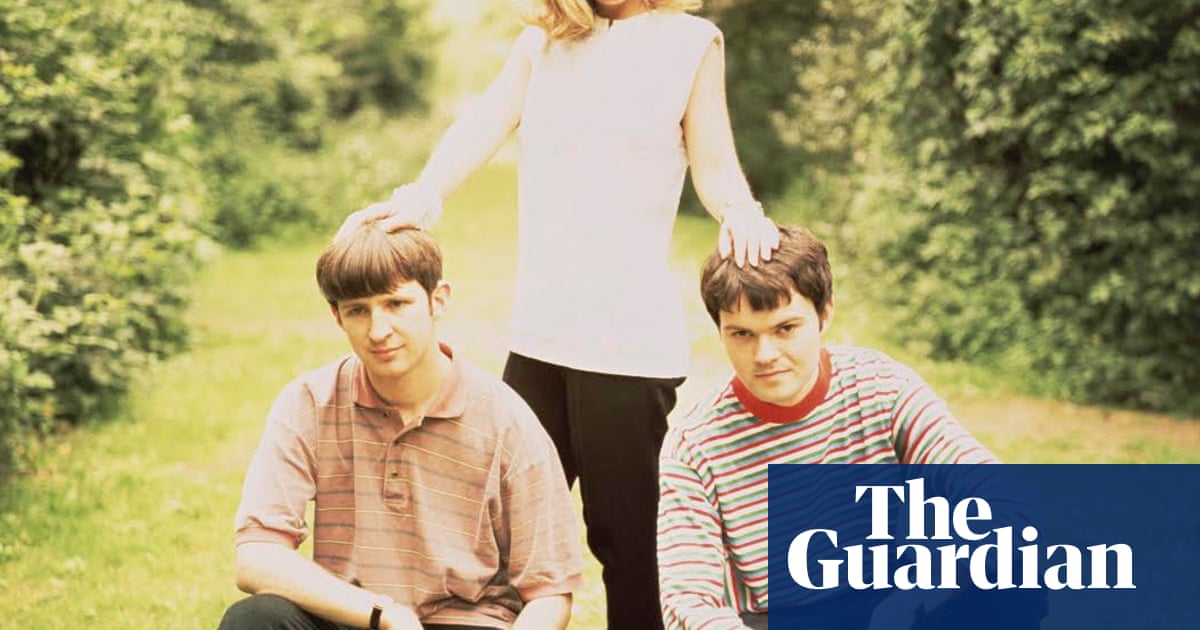Visitors are damaging the Giant’s Causeway in Northern Ireland by wedging coins into the cracks of the basalt columns, causing the rocks to stain and crumble.
The coins rust and expand to three times their original thickness, corroding and fracturing the world heritage site, authorities said on Wednesday.
They appealed to the public to end the tradition that has left coins from all over the world embedded in the County Antrim landmark. “We are urging people to stop the practice and to leave no trace so this natural wonder remains special for future generations,” said Cliff Henry, a National Trust nature engagement officer.
The causeway’s 40,000 near-perfect hexagonal columns drew 648,000 visitors last year, confirming it as one of Northern Ireland’s most popular attractions. Legend says the columns were built by the Irish giant Finn McCool as a crossing to confront a Scottish rival, Benandonner.
But coins from the UK, Europe, the US and elsewhere that are wedged into joints and cracks as tokens of visits are harming the basalt rock aesthetically and physically, according to a British Geological Survey report.
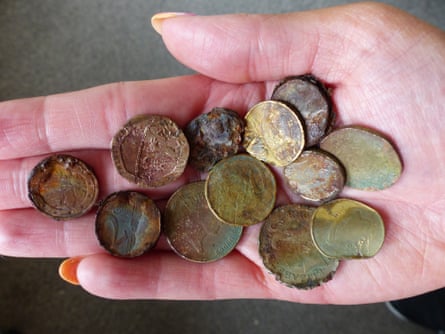
“The coins are rusting, and expanding to three times their original thickness, which puts huge pressure on the surrounding rock causing it to crumble. Unsightly streaks of copper, nickel and iron oxides are also staining the stones where the coins are corroding,” said Henry. “The coins here also have accelerated corrosion because they are often soaked in saltwater spray and the mixture of metals means they break down faster.”
The National Trust, in partnership with Causeway Coast and Glens Heritage Trust, hired stone conservation specialists to remove coins without causing further damage at 10 test locations. The trial was successful and it is hoped all the remaining coins will be removed, costing an estimated £30,000.
The Giant’s Causeway formed between 50 and 60m years ago when molten basalt erupted through chalk beds and formed a lake of lava. As this cooled and contracted, cracks propagated across the plateau to form hexagonal stepping stones.
Signs are to be erected urging visitors to keep coins in their pockets and not leave a legacy of additional cracks. “We protect and care for places so people and nature can thrive,” said Henry.
Authorities in Paris made a similar appeal after a tradition of leaving padlocks on the Pont des Arts was blamed for a partial collapse in 2014.

.png) 3 months ago
83
3 months ago
83













